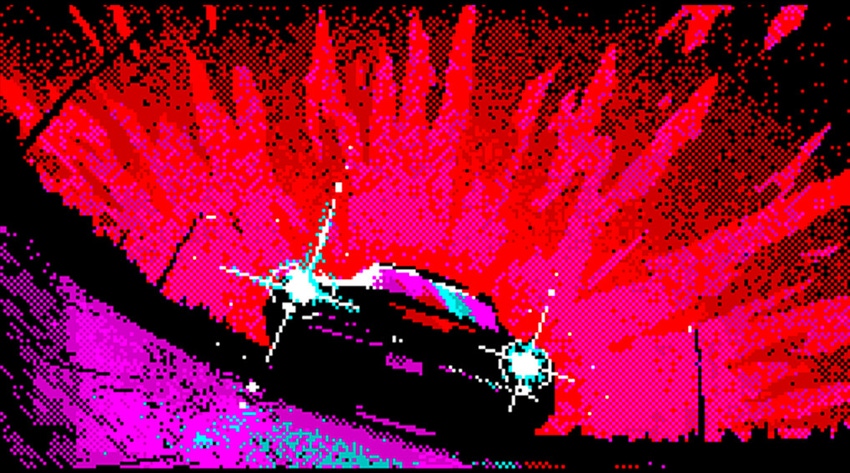
Featured Blog | This community-written post highlights the best of what the game industry has to offer. Read more like it on the Game Developer Blogs.
Pulp fiction and retro gaming in the 21st century: An exploration of the pixel pulp subgenre
Pixel Pulps are text adventure games in which we combine a type of narrative from the first half of the 20th century with home computer graphics and adventure game interface from the '80s.

Hello! We are Nico Saraintaris and Fernando Martinez Ruppel, co-creators of LCB Game Studio from Argentina.
When we released Mothmen 1966 last year, and Varney Lake just a few months ago, with Bahnsen Knights just around the corner, we established and embellished upon a subgenre that we call "Pixel Pulps.”
Pixel Pulps
Pixel Pulps are text adventure games in which we combine a type of narrative from the first half of the 20th century - the so-called 'Pulps', cheap paper magazines with large print runs that published stories in genres such as horror, crime, or science fiction - with home computer graphics and adventure game interface from the '80s.
The Pulps
The relationship of our games with the Pulps is not only thematic (Mothman, cryptids, vampires, and cults, among many other themes and characters), but also productive: our production cycles are short, we work quickly and steadily, seeking to release one game after another. This particular philosophy is behind a slogan that we use almost like a battle cry: "We are the Pulps of interactive fiction!"
But while our stories are as agile and fast-paced as the Pulps, they also feature multidimensional characters, something that many Pulp stories lacked, relying on almost one-dimensional representations with very obvious narrative functions.
Another difference is the use of the unexpected. The Pulps were often formulaic. A savvy reader could guess more or less where each author was going with their stories. In our case, we seek to surprise the players, and we strive to make each of our Pixel Pulps a completely unexpected experience.

A screenshot from Varney Lake.
The Pixels
As for the interactive adventures of the '80s, there are four very specific elements that we use to work on our games: the color palette, the pixel art, the sound design and the choice-based input system.
One of the first aesthetic decisions that Fer made was to use a classic palette for retro gaming. Each of our games uses a subset of the eight colors (and their brightness variations) from the ZX Spectrum color palette, limiting color choice even further per-game basis but developing a distinct identity that emphasises particular aspects of their respective stories: Mothmen 1966 is associated with green and Varney Lake with cyan.
What about pixel art? Fer's pixel art is not simply a tribute to the pixel art of the time, but a conscious reworking from our own present, where one can see his experience of over twenty-five years in the world of illustration, comics, and concept art.
The third element is the sound design. In our games, we make use of speaker sound—reminiscent of old-school ZX Spectrum games—as a key element in our process. This classic sound not only adds a touch of nostalgia, but it also serves practical purposes such as signaling in-game events and adding a unique audio texture to certain aspects of our Pixel Pulps.
The fourth element we want to highlight is the choice-based input system. This is another thing that we sought to work on from the beginning of the project, the idea of turning the entire interface between players and game modules into a system solely based on choices, that is, not only using choice selection for narrative sequences like any visual novel, but extending this concept and using this same input system for such dissimilar elements as solitaire card games, hopscotch with dice... and even a fishing game!

A screenshot from Bahsen Nights.
A Subgenre Of Our Own
In conclusion, we like to think that this particular alchemy that we call 'Pixel Pulps' results in a subgenre of which we are the only exponents, an idea that allows us to take some risks and do things in a way that only we can do them, and that if we fail, we will fail better than anyone, always aiming to fail even better next time!
Mothmen 1966 and Varney Lake are available now on PC, Nintendo Switch, PlayStation 4 and 5, and Xbox One and Series X|S. Bahnsen Knights will be available later this year as the third standalone Pixel Pulp, in addition to a physical Pixel Pulps Collection containing all three games.
Read more about:
Featured BlogsAbout the Author(s)
You May Also Like











